The European Ruralization project (https://ruralization.eu) has identified new entrants to agriculture as possible actors in rural regeneration (Kinsella et al, 2020). These are considered to be potential creators of innovation for the agro-ecological transition (Morel & Léger, 2016) as well as promoters of environmentally friendly practices and local food networks. As part of the project, 10 European-level case studies were carried out on promising practices capable of facilitating the entry of new actors into agriculture. This contribution presents the results of one of these case studies, which concerned the experience of the Casa delle AgriCulture Association and the cooperative of the same name. This is a very articulated experience that started with a group of young people from Apulia who made restancy the key to their action. Remaining is often more difficult than going, it is an act of courage that consists in getting involved and working to preserve places by giving them a new meaning. The concept of restance (Teti, 2019) is a creative and dynamic act. Those who stay and those who return, by making alternative choices and developing new relationships, give new life to places. By working on the production of a new rural narrative and realising new agricultural activities, the Association has been able to produce a new imaginary of agriculture and rural life. It has been a complex work of place re-signification, a collective ‘utopian thinking’ that in imagining the future has identified ways to get there and removed the status quo (Shucksmith 2018). The activities, first of the Association and then of the Cooperative, have shown how rural regeneration can be based on socially inclusive and environmentally sustainable actions; they have opened up new perspectives to people with different skills and interests, motivated to stay in the area; encouraged new entrants into the agricultural sector; boosted the cultivation of traditional biotypes and the reuse of abandoned land, with an action based on the agro-ecological model and multifunctional agriculture.
Continue reading

Rigenerazione rurale, restanza e nuovi agricoltori. Un caso studio nel Sud Salento


